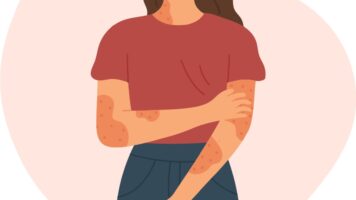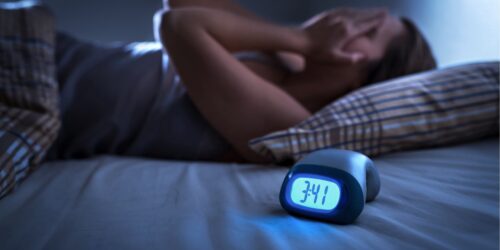All physiological processes carried out by our body are rhythmic and cyclical. This biological oscillation known as the “circadian rhythm” works in line with day and night. The correct functioning of these rhythms allows our body to predict and anticipate changes in the environment, as well as temporarily adapt its functions to these changes.
When we hear about histamine, the first thing that surely comes to mind is the role it plays as a hormone with inflammatory action; in situations of allergy or when there is an excess of histamine due to a DAO deficiency. However, histamine also acts at other levels: in the secretion of gastric acid, in the smooth muscle of the bronchi and blood vessels and, in addition, it acts as a neurotransmitter; that is, it is a molecule that has the ability to control the activity of our nervous system.
Focusing on this last function, the histamine that acts as a neurotransmitter is synthesized by histaminergic neurons, which are located in the hypothalamus, a structure located in the central area of the base of the skull. When it is produced and released in the brain, histamine exerts a very important regulatory action on communication between neurons, by activating or inhibiting the production of other neurotransmitters. These neurotransmitters allow us to modulate our internal clocks.
On the one hand, the histamine H1 receptors carry out the regulatory function of the wake-sleep cycle. Does it sound familiar to you that one of the side effects caused by antihistamines is drowsiness? Well, this mechanism explains it to us. Antihistamines act at the level of the histamine H1 receptor, inhibiting the function of maintaining alertness that this molecule exerts, so, as a result, we notice the sedative effect of these drugs.
On the other hand, histamine itself inhibits its own release and that of other neurotransmitters through another receptor (H3), such as acetylcholine, dopamine, serotonin and norepinephrine. In this sense, it has been shown that histaminergic cells are activated quickly when waking up, while during periods of relaxation or fatigue they do so more slowly.
In addition, histamine levels are closely related to melatonin (also known as the “sleep hormone”), since this first one can affect its secretion. Elevated histamine levels may contribute to hypothalamic-pituitary-adrenal (HPA) axis dysfunction, thus modifying the pattern of sleep cycles. Consequently, during the day we can feel greater fatigue and considerable activation at night.
Thus, histamine is one of the key neurotransmitters when it comes to regulating wakefulness and sleep cycles, highlighting the reduction of sleep, increased alertness and mental processing capacity during the day. For this reason, without histamine we would not be able to have good sleep hygiene. But if you have DAO deficiency, there will be an excess and you will surely notice irregularities in sleep. With proper treatment, histamine levels are balanced and, at the same time, the sleep-wake cycle is regulated.
If you want us to advise you in a personalized way, either in our Barcelona nutrition centre or by video conference from anywhere in the world, contact us and we will help you
Bibliography
Pham L, Baiocchi L, Kennedy L, Sato K, Meadows V, Meng F, Huang CK, Kundu D, Zhou T, Chen L, Alpini G, Francis H. The interplay between mast cells, pineal gland, and circadian rhythm: Links between histamine, melatonin, and inflammatory mediators. J Pineal Res. 2021 Mar;70(2):e12699. doi: 10.1111/jpi.12699. Epub 2020 Nov 29. PMID: 33020940.
Díaz-Negrillo, Antonio. Bases bioquímicas implicadas en la regulación del sueño. Arch Neurocien (Mex). INNN. 2013. Vol. 18, No. 1: 42-50.






